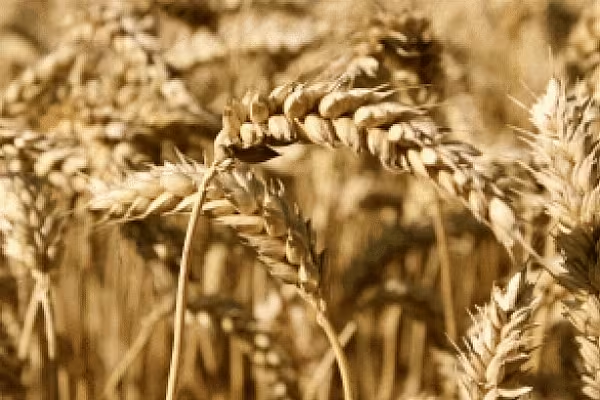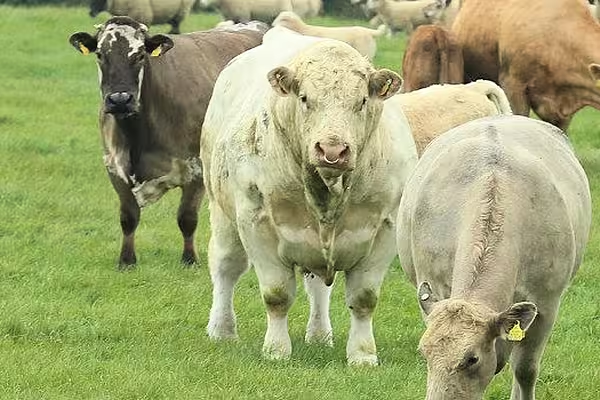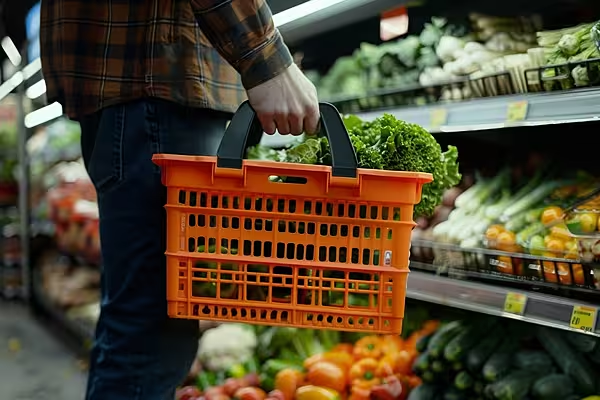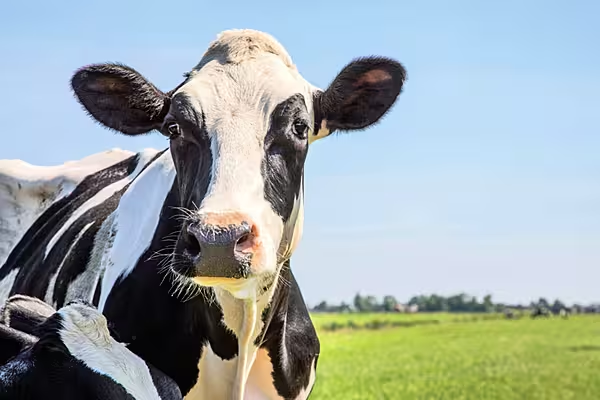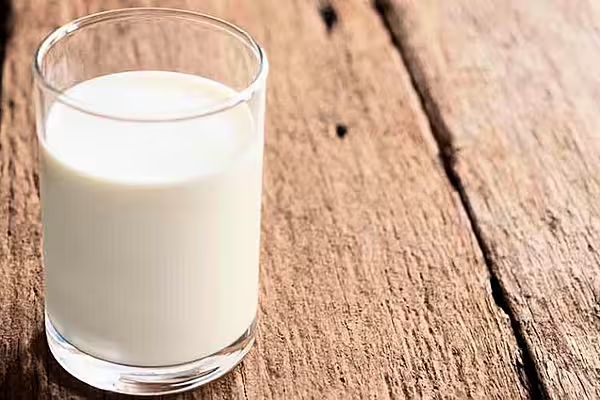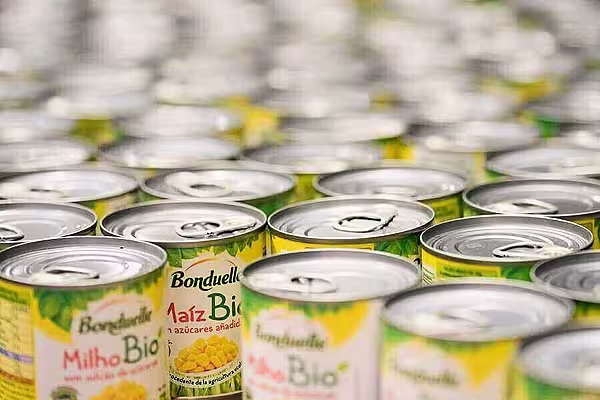Agriculture markets from cattle to wheat went bonkers on Tuesday.
Governments in the US and Brazil boosted the forecasts for their biggest crops, sending corn, soybeans and wheat lower. Meanwhile, livestock futures tumbled on signs of an increasing meat glut, while sugar and orange-juice futures soared on supply concerns.
On the bearish side:
* Soybeans on the Chicago Mercantile Exchange slumped to a six-year low after the US and Brazil each said their output will rise to a record. The oilseed headed for the third straight annual decline, the longest slump since 1999.
* Corn fell to a four-month low and wheat capped the biggest three-day slump since April 2013 in Chicago. The US Department of Agriculture raised its forecast for corn output, topping estimates by analysts. The agency boosted its projection for domestic wheat inventories, while exports were projected to drop to the lowest in 44 years. Aggregate trading in both markets more than doubled compared with the 100-day average, according to data compiled by Bloomberg.
“These are big crops the world doesn’t want,” Bryce Knorr, a senior grain market analyst at Farm Futures, Illinois, said in an e-mail.
* That’s all, folks, for porky pigs after hog futures in Chicago extended a slump to a six-year low. In 2015, the price has plummeted 34 per cent. Only nickel in the Bloomberg Bloomberg Commodity Index of 22 raw materials has posted a bigger decline. In September, US pork production and frozen inventories rose to the highest for the month since the USDA started collecting data a century ago.
* Cattle in Chicago tumbled 2.7 per cent, the most in four years. The price touched $1.27425, the lowest since 2013 In September, frozen inventories of red meat rose to the highest ever for the month. At the same time, domestic production increased 0.8 per cent. On Tuesday, futures trading more than doubled compared with the 100-day average.
“It’s a very disappointing, tough time for a lot of producers,” Brian Hoops, president of Midwest Market Solutions in Springfield, Missouri, said in a telephone interview. “They have made money over the last couple years in grains and livestock, and this year is break-even at best, or a losing year. It’s going to be very challenging financial times.”
The dollar extended a rally to the highest since at least the end of 2004 against a basket of 10 currencies. That has eroded the appeal of US exports of corn, soybeans and wheat, while boosting the allure for Brazilian producers to ship more oilseeds, sugar and orange juice priced in the greenback.
On the bullish side:
* Orange juice soared the most allowed on ICE Futures US in New York to the highest since December. The USDA cut its forecast for Florida’s crop to 74 million boxes, the lowest since 1964. Citrus-greening disease, spread by the Asian citrus psyllid bug, has caused fruit to shrivel and drop from trees in the state for the past decade.
* Sugar jumped 5.1 per cent, the most in nine weeks, as supply concerns mounted in Brazil, the top producer. Mills in the Centre-South have used more cane to make ethanol as demand for the biofuel surged to a record. Adverse weather hindered the harvest.
On Tuesday, both orange juice and sugar erased their 2015 losses.
News by Bloomberg, edited by ESM. To subscribe to ESM: The European Supermarket Magazine, click here.
